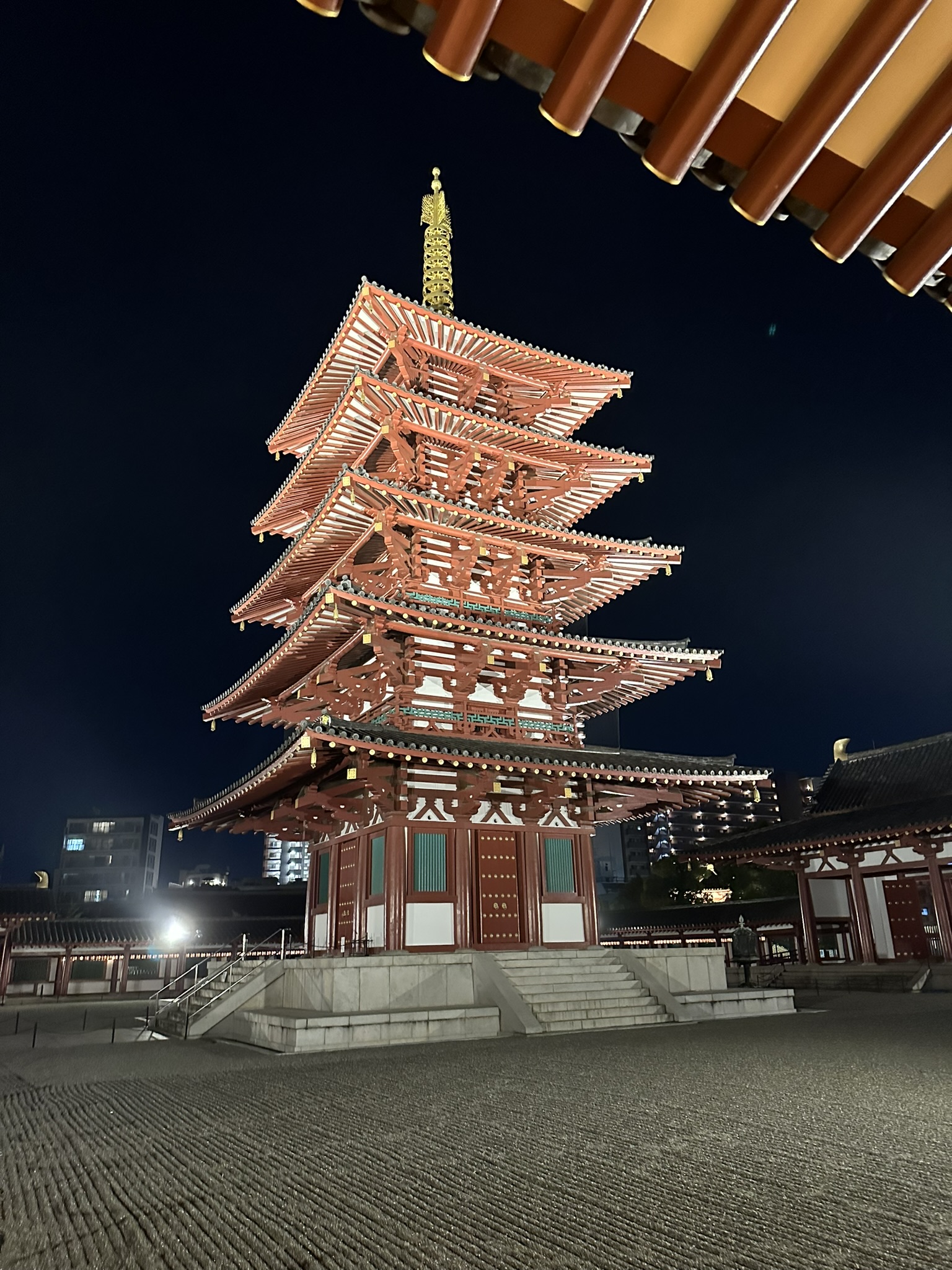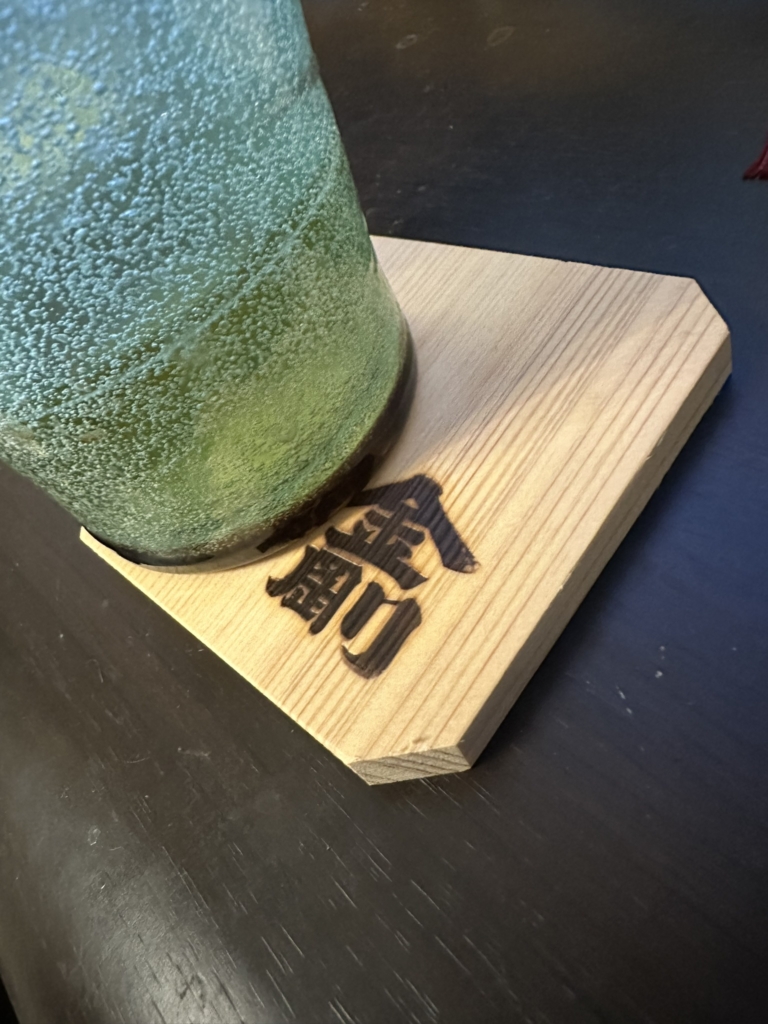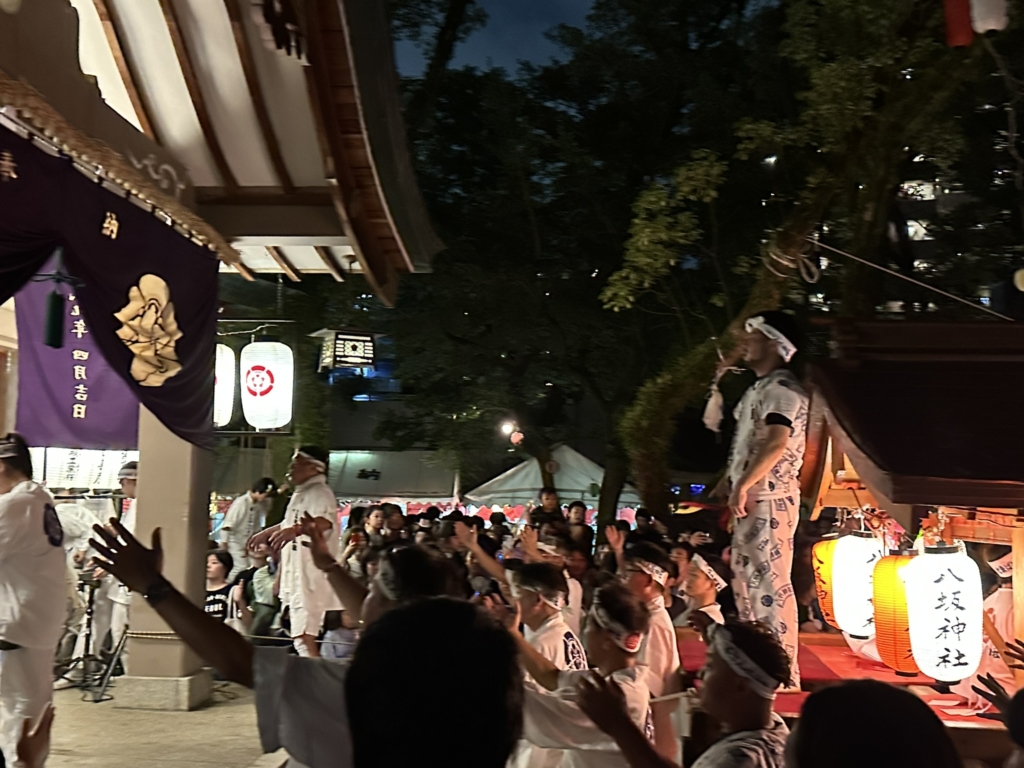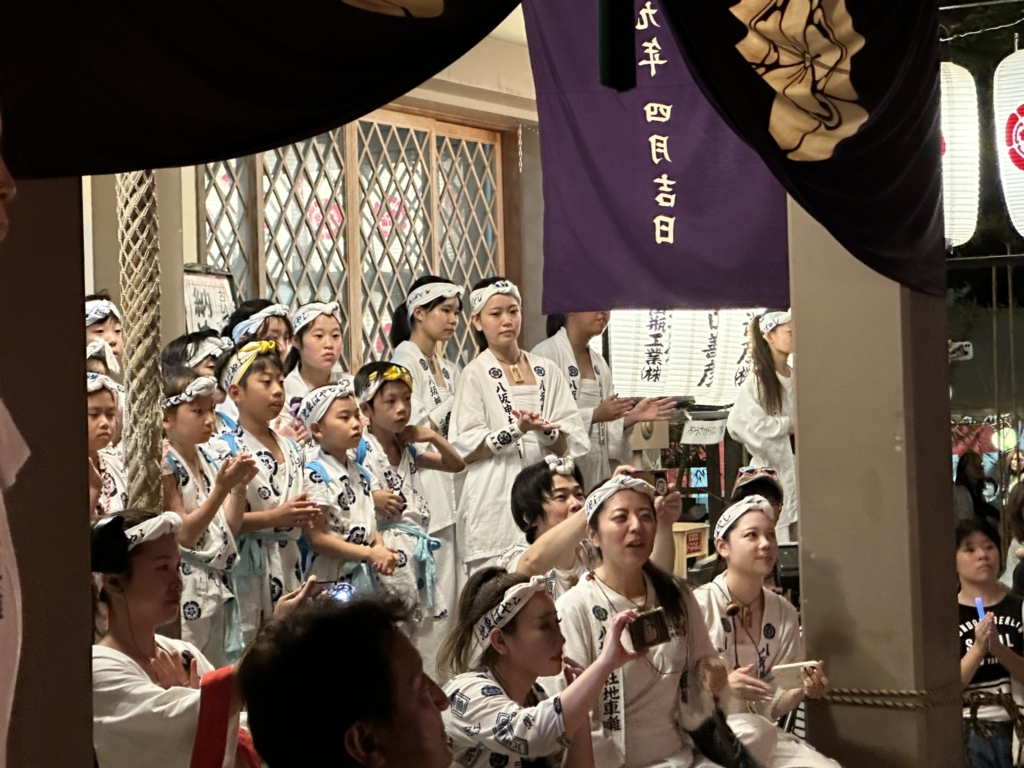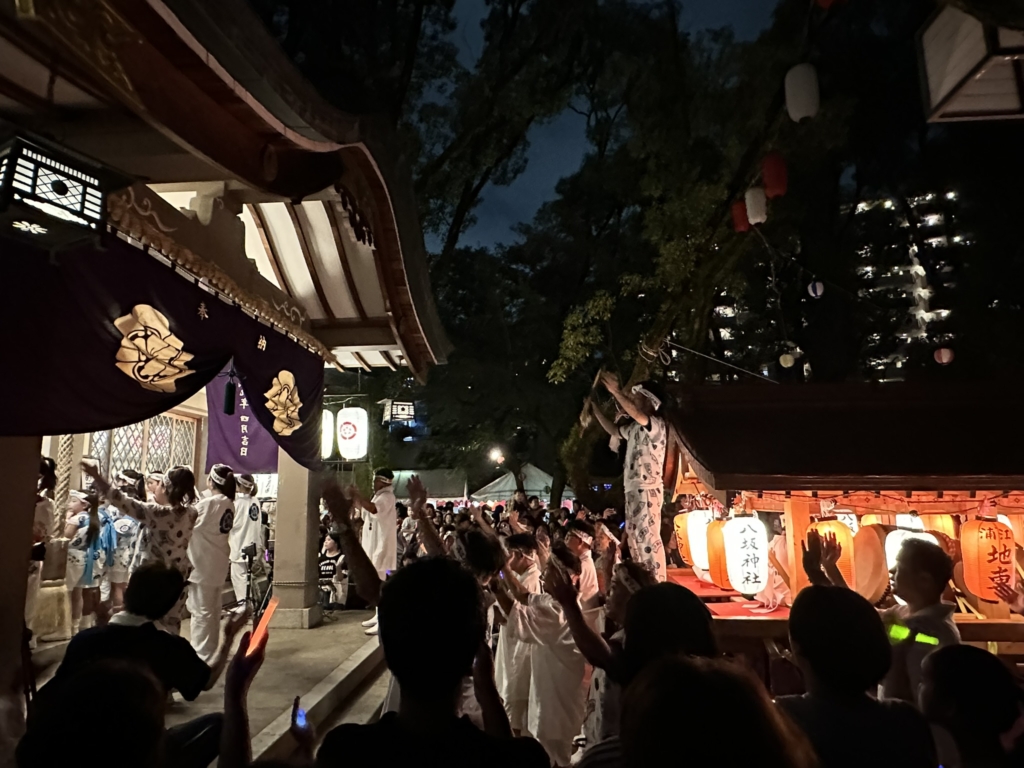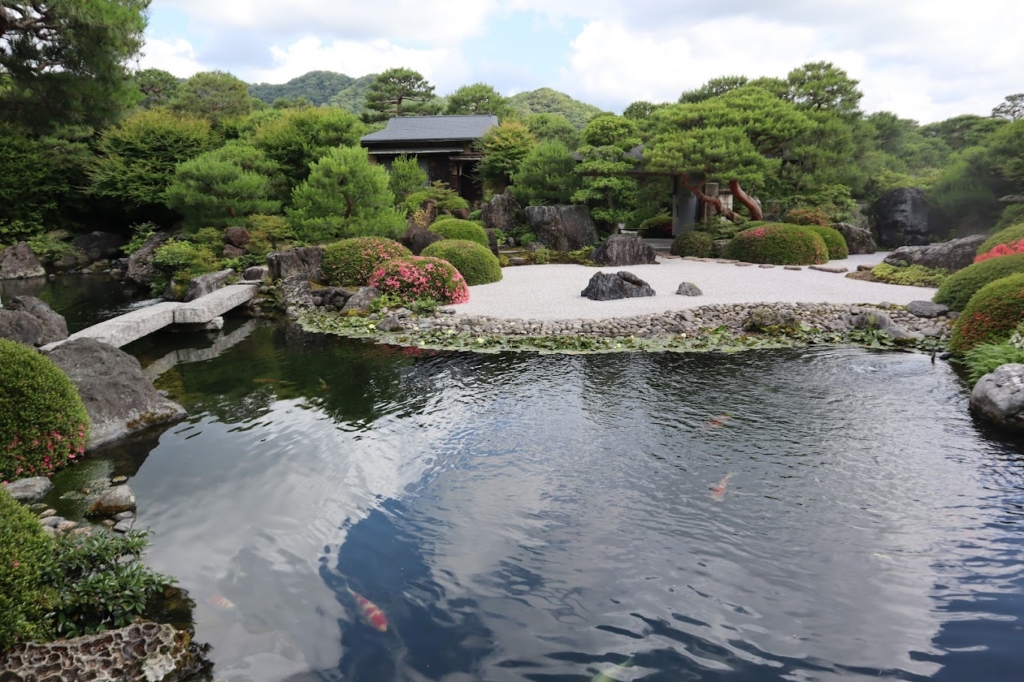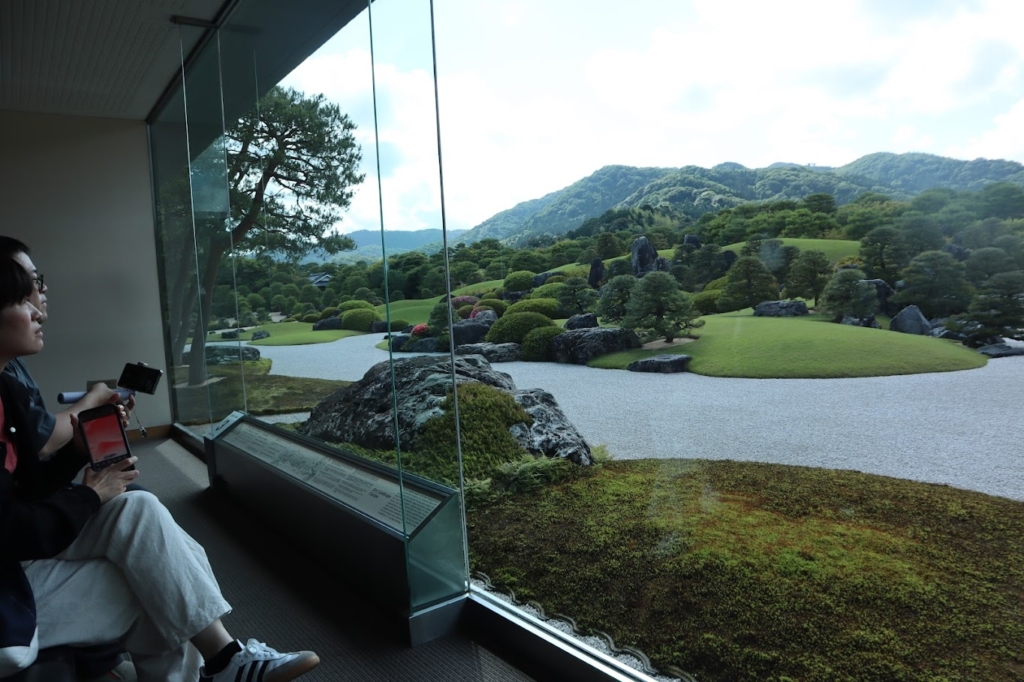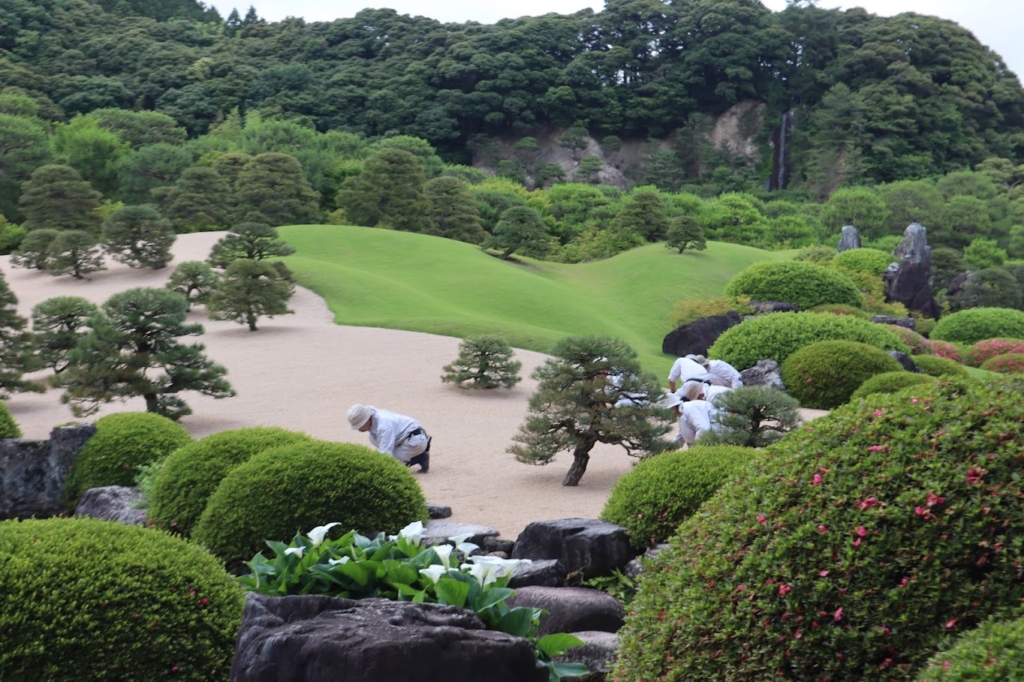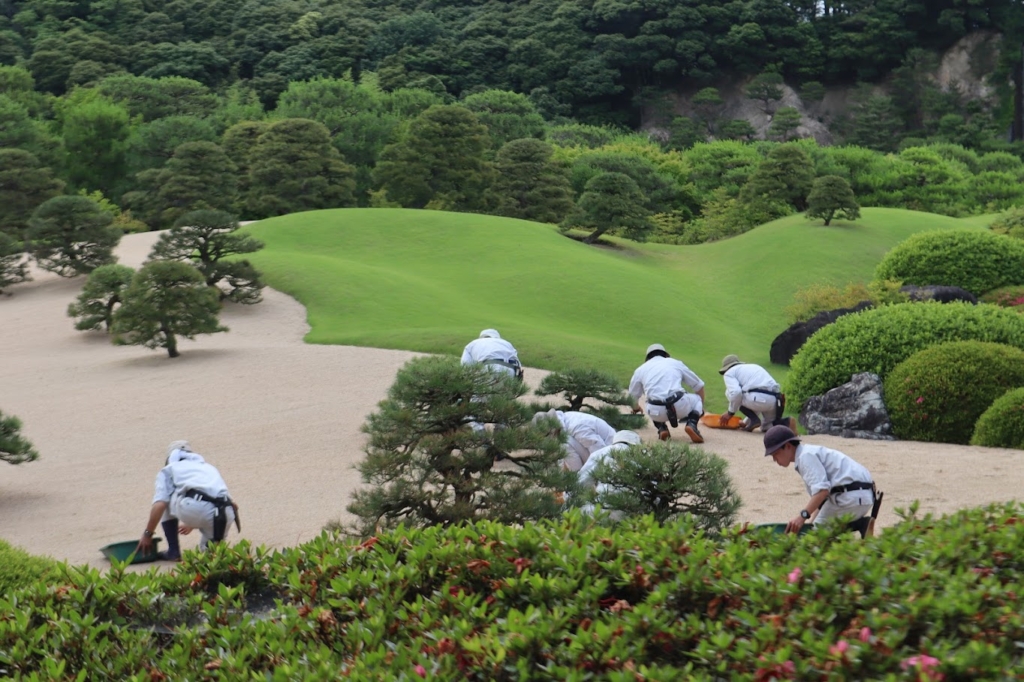
As we edge closer to the much-anticipated Expo 2025 in Osaka, concerns about the timely completion of the national pavilions, known as the “Flower of Expo,” are mounting. These worries extend beyond mere construction delays to include cost overruns, delayed accident reports, slow resolution of issues, and inadequate safety measures. Reflecting on these multifaceted issues, it seems that the challenges are less about the participating countries and more about the organizational issues on the Japanese side, which appears to be the main culprit.
The initial motivation to host Expo 2025 at Yumeshima in Osaka included plans to integrate a casino—a project not feasible in residential areas such as Suita City. Since a casino is a private business, public funds could not cover the substantial infrastructure costs needed for utilities, highways, and subways. Thus, the Expo served as a strategic platform to develop the necessary infrastructure using tax revenues.
I believe that if a business strategy is sound, there should be no issue with its implementation.
Today, the world faces numerous serious issues. Territorial conflicts continue to result in loss of lives in many countries. This summer, we are experiencing unusually high temperatures, underscoring the severe concerns about global warming. By 2050, we might witness the complete disappearance of the Earth’s rainforests. Excessive development has led to environmental degradation and the emergence of new diseases. Moreover, the gap between the rich and the poor continues to widen. Humanity is at a crossroads, unsure of what actions to take, what to protect, and which direction to move towards.
The 2025 Expo should be a global event that addresses these significant challenges. It needs to champion the health, happiness, and cultural solidarity of humankind. If the Expo can truly be an event that evokes universal empathy, only then will we truly understand its significance.
Although our company is a small entity, we are committed to contributing as much as we can to realize the peaceful and humanitarian goals of the Expo.
(Photograph) Inside the campus of Harvard University


The 1970 Osaka Expo (67 million visitors)

#Expo2025 #OsakaExpo2025 #GlobalChallenges #SustainableDevelopment #CulturalSolidarity #HumanityAtCrossroads #EnvironmentalConcerns #GlobalWarmingAwareness #PeacefulInitiatives #InnovativeStrategies #YumeshimaExpo #CasinoDevelopment #HarvardCampus #WorldUnity #ExpoPreparations



